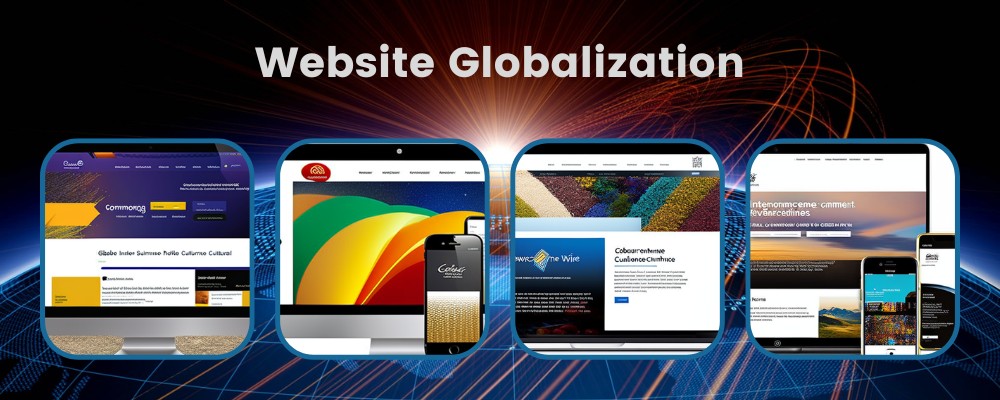|
Listen to the Article Here
|
Website globalization is a crucial aspect of modern business as it allows companies to reach a wider audience and grow their sales.
The concept of website globalization involves making a website accessible and usable for people from different countries, cultures, and languages. This is achieved through a combination of internationalization, regionalization, and localization.
Internationalization refers to the process of designing and developing a website in a way that makes it easy to adapt to different languages, currencies, and cultural practices. This includes creating a flexible and scalable website architecture that can handle multiple languages and currencies without the need for extensive modification.
Regionalization refers to the process of tailoring the website to specific geographic regions, taking into account local laws, customs, and cultural norms. This involves customizing the content, images, and color schemes to suit local preferences and making sure that the website is accessible in the local language.
Localization refers to the process of adapting the website to a specific language and cultural context, including the use of local terminology, images, and color schemes. This helps to create a more personalized and engaging experience for the user, and can improve conversion rates by making the website feel more relevant and trustworthy.
Best practices for website globalization include the following:
- Start with a solid internationalization strategy: This involves designing the website architecture and content in a way that makes it easy to translate and adapt to different cultures.
- Use Unicode: Unicode is an international character encoding standard that supports all languages and scripts, making it a must-have for any website looking to reach a global audience.
- Provide a multilingual interface: Offer a language selector on the website to allow users to switch between different languages, and make sure that the website supports right-to-left languages such as Arabic and Hebrew.
- Consider regional differences: Pay attention to regional differences in terms of laws, customs, and cultural norms, and tailor the website accordingly. For example, certain images or themes that are popular in one region may not be well received in another.
- Localize the content: Translate the website content into the local language, and consider the cultural context when selecting images, videos, and other content.
- Test, test, test: Test the website in different languages and regions to ensure that it is accessible and user-friendly. Pay attention to any technical issues that may arise, such as problems with font rendering or the layout of the page.
Website globalization is an important part of modern business, and is essential for companies looking to reach a global audience and grow their sales. By following best practices for internationalization, regionalization, and localization, companies can create a website that is accessible, engaging, and relevant to users from around the world.




